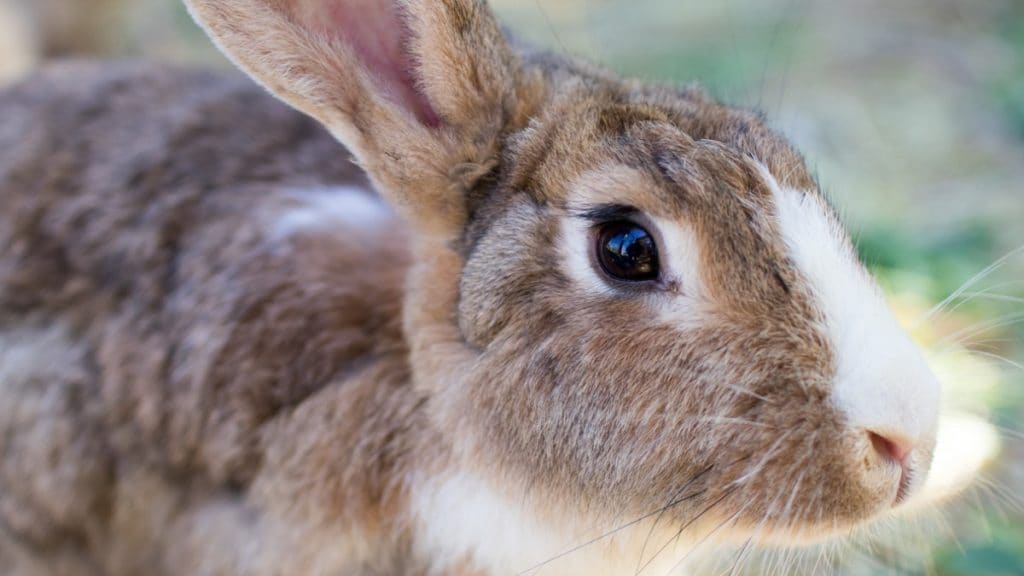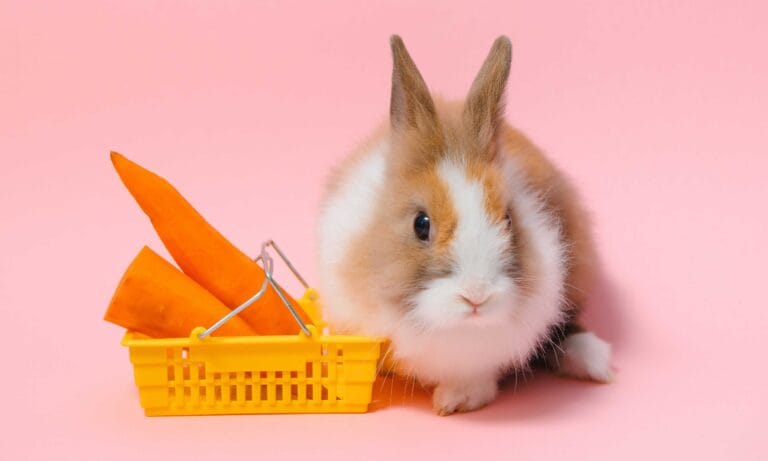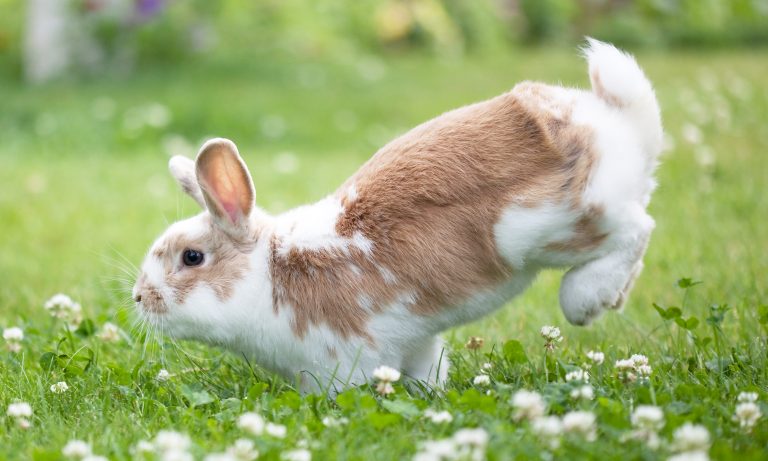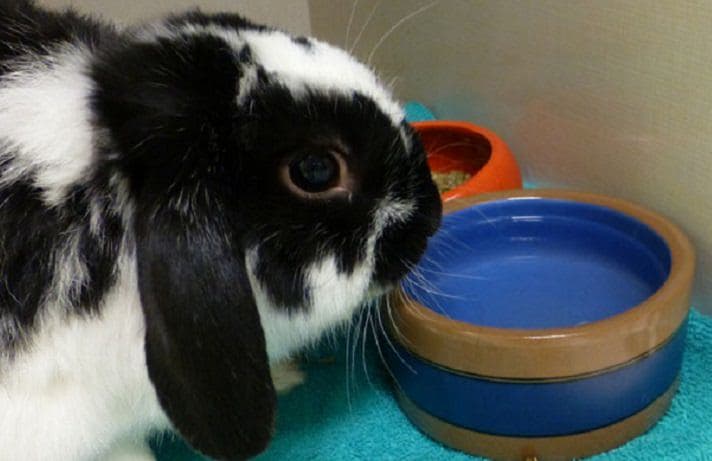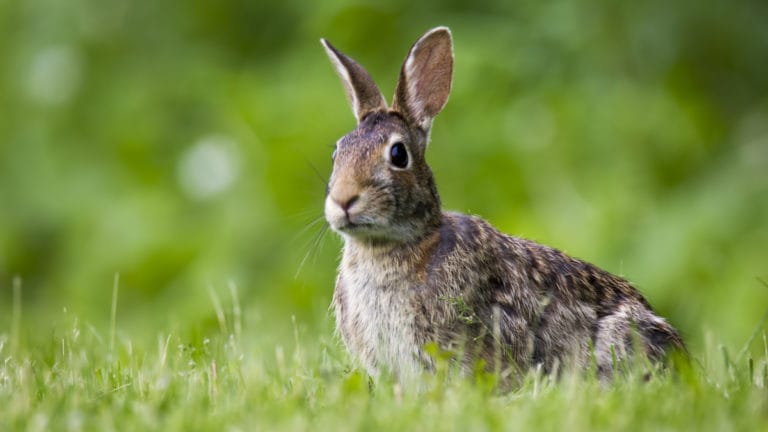Q.
My rabbit, Daisy, is bad about getting hairballs. I saw at the store a pack to grow wheat grass for cats, which they eat and it helps prevent hairballs. I know some cat stuff can be used on rabbits, but not all of it. Can my rabbit eat this wheat grass, and would it help her with hairballs? There is no dirt in it at all, just grass.
A.
First, let’s address the idea of “hairballs,” also called trichobezoars, in rabbits. Most rabbit veterinarians do not believe that pet rabbits get hairballs; instead, what we see are diseases more properly termed gastric stasis or intestinal stasis.
Rabbits normally have hair and food material in their stomach. When rabbits do not eat well and a veterinarian can palpate a large, doughy mass in the stomach, it is because there is intestinal stasis, not because there is a hairball.
Many causes of intestinal stasis in rabbits exist, but the No. 1 cause is an inappropriate diet. In a nutshell, an inappropriate diet for rabbits is one that includes too little fiber and too many calories.
If your rabbit is having bouts of stasis, my first recommendation is to consider diets that are higher in fiber and lower in calories, and you must avoid offering any sugary treats.
The wheat grass may be a nice type of hay to grow for your rabbit, but that alone is not enough. You need to consider feeding hay as a large component of the diet. The wheat grass is likely safe to feed your rabbit, but I advise that you visit your veterinarian with the wheat grass package so he or she can examine it to be certain there are no hidden ingredients, pesticides or preservatives that would be dangerous to your rabbit.
By: Dr. Karen Rosenthal
Share:
